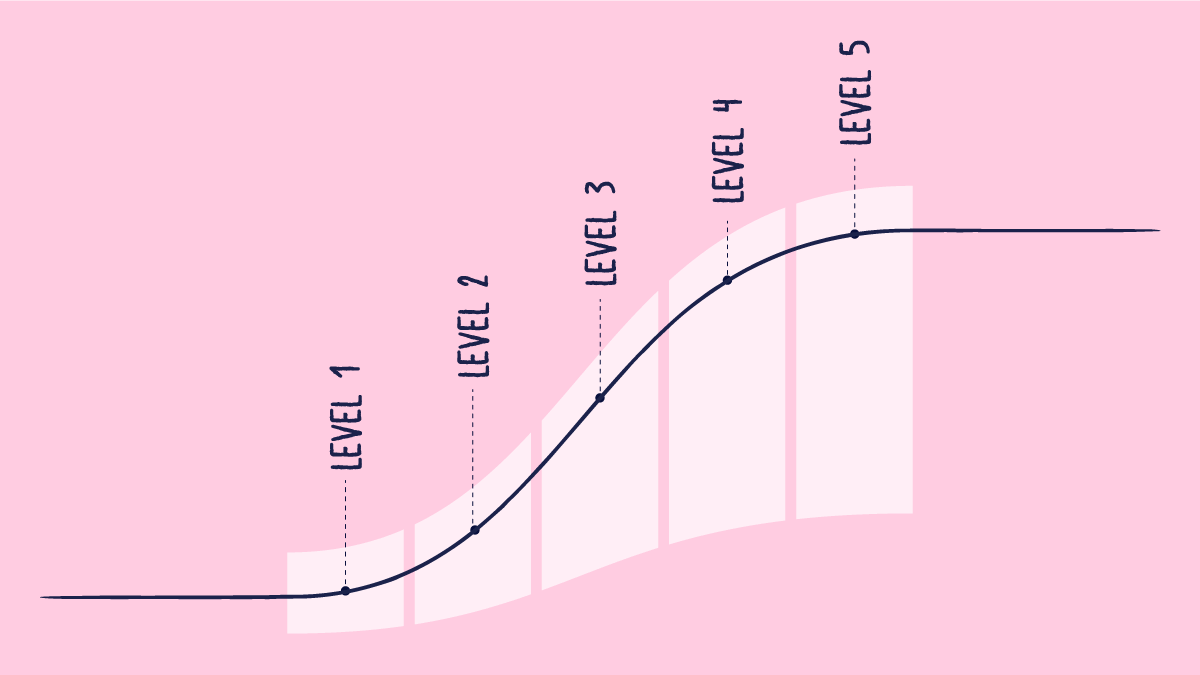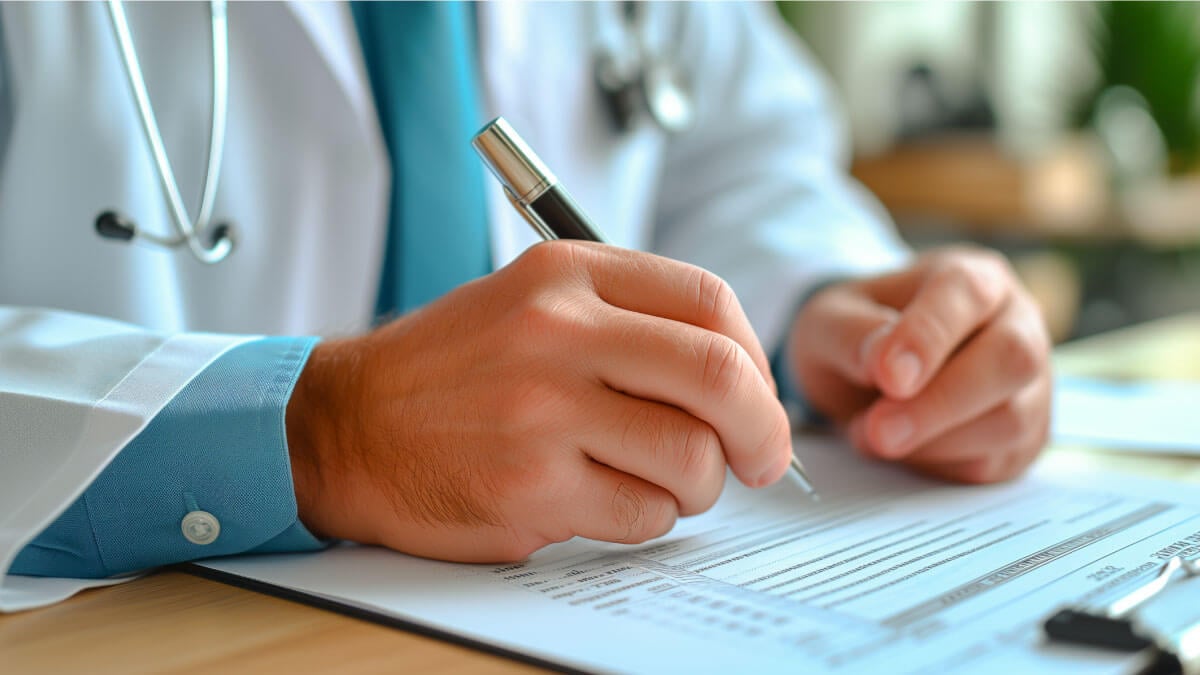Performance qualification protocol (PQP)
Performance qualification protocol (PQP) is critical in equipment validation processes to guarantee regulatory compliance and industry best practices.
To understand what PQP is, it’s essential to learn about the different stages in the equipment validation process. There are three important stages of equipment qualification:
- Installation Qualification (IQ): Aims to check if a tool or piece of equipment, along with its parts and additional systems, has been set up and arranged as per the manufacturer’s instructions or a checklist for installation.
- Operational Qualification (OQ): Aims to ensure that the equipment is consistent with User Required Specifications, staying within the operating limits set by the manufacturer.
- Performance Qualification (PQ): Aims to confirm that equipment design results in repeatable performance within the equipment manufacturer-specified operations range.
Without successfully passing these three necessary qualifications, the equipment can not be used for manufacturing commercial products in the life sciences industry.
Performance Qualification Protocol (PQP) refers to the protocol for executing the PQ stage in equipment validation. PQP is a documented plan or set of procedures outlining the specific tests, activities, and criteria for evaluating the performance of equipment, systems, or processes in the PQ stage of equipment or system validation. The PQP is part of the validation process and aims to demonstrate that the equipment or system consistently performs in accordance with predetermined specifications under actual operating conditions.
Key components of PQP
PQP outlines the objectives, scope, techniques, acceptance criteria, and obligations to perform a PQ. It validates the requirements of the User Requirements Specification (URS) and the Functional Specification (FS) and also enlists the equipment, materials, instruments, people involved, and any hazards or assumptions that may affect the result.
Key components typically included in a PQ protocol may involve:
- Test procedures: Detailed steps for conducting tests on the equipment to evaluate its performance. This may include running the equipment under normal operating conditions, challenging it with various loads or scenarios, and assessing its response.
- Acceptance criteria: Clear criteria that define what constitutes a successful performance. These criteria are often based on predetermined specifications, regulatory requirements, and user needs.
- Performance measurements: Specifications for measuring and recording relevant parameters during the testing process. This could include factors such as temperature, pressure, speed, or other critical variables depending on the nature of the equipment or process.
- Documentation requirements: Guidelines on the documentation needed to provide evidence of successful performance. This may include data logs, test reports, and any deviations from the expected performance.
- Roles and responsibilities: Identification of individuals responsible for carrying out specific tasks during the performance qualification. This ensures accountability and a clear understanding of who is responsible for what aspect of the testing.
- Requalification procedures: Procedures for periodic requalification or retesting to ensure that the equipment continues to meet performance standards over time.
- Deviation handling: Protocols for managing and documenting any deviations or unexpected results encountered during the performance qualification process.
By following the PQP, organizations can systematically demonstrate that their equipment or systems are capable of consistently producing results within specified parameters, meeting regulatory requirements, and ensuring product quality and safety.
Regulations concerning PQP
In the pharmaceutical industry, the development and adherence to PQP for equipment are crucial to ensuring that manufacturing processes consistently produce products of the desired quality. Several regulations and standards guide pharmaceutical companies in establishing and implementing PQPs for equipment. Here are some key regulatory frameworks and standards:
FDA Regulations (United States):
The U.S. Food and Drug Administration (FDA) regulations, particularly Current Good Manufacturing Practice (cGMP) outlined in 21 CFR Parts 210 and 211, emphasize the need for equipment qualification and validation.
EMA Regulations (European Union):
The European Medicines Agency (EMA) requires compliance with Good Manufacturing Practice (GMP) guidelines. Annex 15 of the EU GMP guidelines specifically addresses qualification and validation, including performance qualification for equipment used in pharmaceutical manufacturing.
ICH Guidelines (International Conference on Harmonisation):
ICH Q9 on Quality Risk Management and ICH Q10 on Pharmaceutical Quality Systems provide principles and guidance relevant to equipment qualification and performance qualification. While not specific to PQ protocols, they contribute to the overall quality management system.
ISO Standards:
ISO 14644 addresses cleanroom environments, which are crucial in pharmaceutical manufacturing. ISO 13485, specific to medical devices, includes requirements for the validation of processes and equipment. ISO 9001 for quality management systems also provides a broader context for validation activities.
PIC/S (Pharmaceutical Inspection Co-operation Scheme):
The PIC/S Guide to Good Manufacturing Practice for Medicinal Products provides internationally accepted guidance on GMP for the pharmaceutical sector, including expectations for equipment qualification and validation.
WHO Guidelines (World Health Organization):
The WHO's Good Manufacturing Practices for Pharmaceutical Products includes guidance on equipment qualification and validation. It is especially relevant for pharmaceutical manufacturers operating in countries that follow WHO guidelines.
USP General Chapters:
The United States Pharmacopeia (USP) has general chapters, such as 1058 Analytical Instrument Qualification, which may provide guidance on equipment qualification.
Conclusion:
In summary, PQP is vital for ensuring equipment reliability for manufacturing safe and efficacious products in the life sciences sector.
The PQP, with rigorous testing procedures, establishes a robust validation framework. Compliance with FDA, EMA, ICH, WHO, and ISO standards is critical for maintaining quality and safety in pharmaceutical manufacturing.
Adherence to PQ protocols, driven by regulatory compliance and international standards, underscores the pharmaceutical industry's commitment to producing reliable, high-quality products. This ensures the integrity of processes and contributes to the safety and efficacy of pharmaceuticals for patients globally.
Additional resources

How to Implement the Continuous Improvement Cycle | Scilife
Even an organization with stellar leadership and a solid core of employees experiences hiccups from time to time. Despite having assembled all the ...

How to assess and enhance your Quality Management Maturity | Scilife
As the life sciences industry becomes increasingly regulated and competitive, quality management has become more vital than ever. Are you confident ...

Best Quality Management Software (QMS) for Life Sciences | Scilife
The right electronic Quality Management System (eQMS) can help strengthen your compliance processes and build a culture of quality within your ...

How to write a good quality plan for medical devices | Scilife
In life sciences, especially if you’re in the medical device industry it becomes harder to manage projects in accordance with your company’s quality ...
Turn quality into your brightest asset with Scilife
